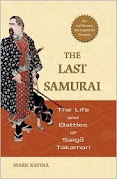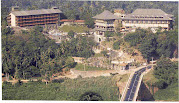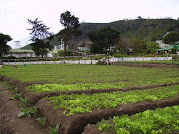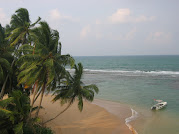THE UTTER CRUELTY TO THE ANCIENT CREATURES, THE TURTLES Hambantota, Sri Lanka, year 1843.
When the turtle season approaches, the fish renter of the district assembles his people at Ahamadewe, where they construct huts, & a sort of temporary bazaar, for the sale of the usual articles of their simple diet, which are daily brought in by the villagers residing within eight or ten miles of the Cove.
As the turtles land only at night, the fishers (who are ever on the qui vive for the sport) begin to look out for their expected prey soon after the sun set; &, as much depends on the state of the night, they distribute themselves, early or late, as those best accustomed to the habits of the animals may determine, along the edge of the low jungle bordering the Cove, where they lie ambushed until the signal be passéd for them to act.
If the night be fine, & very little wind stirring, the turtles are generally observed to land just as
“The pale moon, from out her cloudy cave,
Drops her still anchor in the twilight wave,’
& soon commence the flapping noise, most agreeable to the ears of the expectant “turtling gang” by which they know that the “Hawk’s-bill” are busily engaged in preparing holes in the sands, for the reception of their numerous ova, which often amount to a hundred at one time, & are very wholesome, not withstanding the noxious properties of the flesh.
Although these reptiles are undisturbed during the process of incubation, the experienced Headman knows so well when sufficient grace has been allowed for that purpose, that he seldom omits giving the signal at the right proper moment; this is done by whisper along the whole line of he ambuscade; from whence, a simultaneous onset is made by the whole gang, each carrying stout Bamboo pole, & ligatures of the twisted bark of certain jungle trees, for the purpose of securing the turtles, as they are turned upon their backs, by trying the opposite fins, or rather feet, together; without which precaution, this species (the Hawk’s-bill, Testudo imbricate, L., Chelonia Caretta, C., & Lili-kas-bewa of the Singhalese) from its feet being longer, & back, or shield, more convex than those of the other varieties, would easily regain its natural position, & probably escape; for it depends itself with great fury, & bites severely, as many a Singhalese fisherman knows to his cost.
The fishers having secured as many turtles as they can, fires are lighted upon the spot; a bamboo pole is then passed longitudinally between the tied feet & breastplate of each turtle, by which it is suspended over the blazing fire, until the dorsal plates (or scales, as they are usually called) become heated & start from their horizontal position, when they are rapidly stripped off, beginning with the plate nearest the head, which is the largest, until the whole thirteen plates that cover the disk, are removed; but the marginal plates, of which are twenty five, are seldom taken, unless unusually large; & as soon as the stripping is over, the despoiled animal is liberated, & allowed a free egress to the sea.
Although one would naturally infer, from all the circumstances of so apparently cruel a process, that instant would prevent the same turtles from re-visiting the place of their former despoliation, the fact is otherwise; for those that survive the intermediate dangers which everywhere beset them, return to the Cove at the same season (viz. from the middle of April to the end of May) in the ensuing year.
The fact was fully ascertained by a Dutch gentlemen, who had charge of the district in 1794; who, to satisfy his doubts upon the point, caused brass rings, marked with the dates of the capture of the turtles, in Dutch & Malay, to be attached to a fin of a certain number selected for the purpose; &, in 1826, the fish renter of the district brought me one for these rings, which he had removed from a turtle of 400lbs weight. The ring was about two-thirds of an inch in width at the largest part, & had been riveted on. But the characters were obliterated by the action of the water; & the renter positively affirmed, that the same turtle had, to his knowledge, revisited the Cove for thirty two successive years. As soon as the ring had been engraven with my initials, in Singhalese, & dated 1826, by the second Moodliar’s Liene Aratchy, or Ola writer, (who did it as deeply as he could with his iron style,) it was replaced upon the turtle, which was allowed to depart without further molestation.
The turtle season may be said to continue till the end of June; & any quantity of “tortoise shell” of the harvest may be purchase of the fish renter, upon the spot, at 100 percent, less than the cost of the same article at
Ceylon exports tortoise-shell, both in raw & manufactured state, the natives being very expert at making betel & sniff boxes, cigar cases, combs of every description, tea caddies, & writing desks; for which latter purposes, they flatten the shell, by means of steam, into thin veneers.
Year 1843. J. W. Bennett, Esq., F.L.S. Late
AES reprint ISBN 81-206-1168-3













































































































0 Comments:
Post a Comment